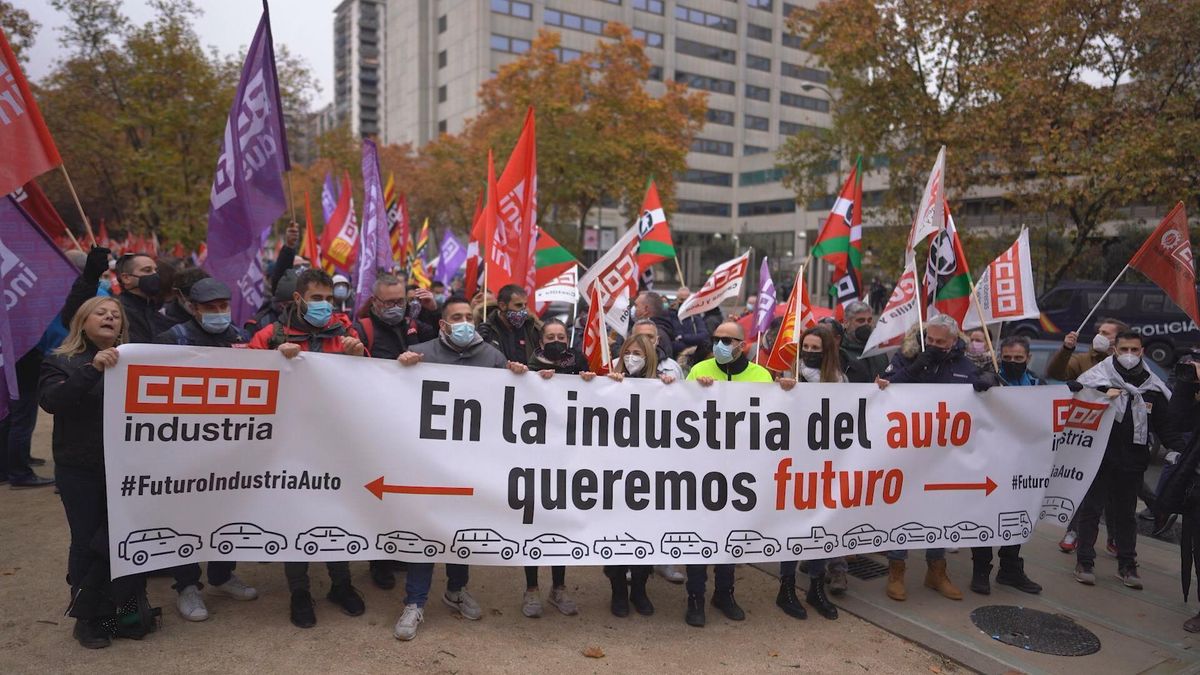There is no longer a trace of the optimism that prevailed at the beginning of the year, when a powerful resumption of activity was expected after months of health crisis.
“Little by little, the climate has changed” and “the clouds have accumulated,” acknowledges Rafael Pampillón, a researcher at the CEU San Pablo University in Madrid.
Spain projected, in its initial forecasts, a growth of 9.8% for 2021, a figure among the highest in the euro zone. But in early April, the target was lowered to 6.5%, following the third wave of the pandemic. Now, most economists estimate that growth will not exceed 5%.
The reason: the series of disappointing indicators known in recent weeks, both in the area of consumption and investment. The Spanish gross domestic product (GDP) only advanced 1.1% in the second quarter, compared to the 2.8% initially announced, and 2% in the third quarter, instead of 2.7%.
“In absolute terms, it is not so bad”, but “it is not in the expected values”, assesses Pedro Aznar, professor at the Esade business school. Spain -the European country hardest hit by the consequences of the pandemic in 2020, with a 10.8% drop in GDP – “I had a great margin of progression”recalls the teacher.
But the country will not turn the page of the pandemic until 2023, according to Brussels. Spain is thus at the bottom of the European peloton, with a GDP still lower by 6.6% than before the crisis, compared to 1.4% in Italy, 1.1% of Germany and 0.1% of France.
What explains these poor results? Among the main factors, the rise in energy prices. This is a common phenomenon in European Union (EU), but particularly marked in Spain, very dependent on its imports. This “affected consumption”, pushing inflation to the record level of 5.4% in October, says Pedro Aznar.
Another explanation: the shortage in supply chains, which particularly affects the automotive industry. “Several plants have had to stop”, slowing down a sector “very important for Spain”, where it represents 11% of GDP, insists Pampillón.
The marked dependence on sightseeing it is another reason that slows down the Spanish recovery. The country expected to receive 45 million visitors in 2021, but fears about the pandemic, which is reluctant to subside, have made this goal unattainable. By the end of September, it had registered 20 million arrivals.
“The government sinned from optimism,” insists Pampillón, who also points to the delay in Madrid to implement the European activation plan, of which Spain is one of the main beneficiaries, with 140,000 million euros of loans and grants.
For the government, which had promised to recover the level of activity prior to the pandemic by the end of the year, the situation is a serious blow. The new circumstances “are going to weaken” their budgetary forecasts, and that may “generate problems with Brussels,” warns Aznar.
In recent days, alerts have multiplied in economic circles: we must “tackle this vulnerability” in the budgets, asked the governor of the Bank of Spain, Pablo Hernández de Cos, while the president of the CEOE (employer), Antonio Garamendi called for “more economic rigor.”
But beyond budget fears, What worries the executive most is the increase in social discontent.
On Monday, several hundred automotive employees demonstrated in Madrid to protest the problems of the sector. On Cádiz (South), metalworkers have been on strike since mid-November to demand higher wages. And a few weeks before Christmas, the carriers also threaten to strike due to the rise in the price of fuel.
“We are not going to leave anyone behind,” the president of the government, the socialist Pedro Sánchez, has insistently repeated, confident with the economic horizon.
“Spain is doing better and I guarantee that next year it will be even better than we are today,” he assured.
Source From: Ambito
David William is a talented author who has made a name for himself in the world of writing. He is a professional author who writes on a wide range of topics, from general interest to opinion news. David is currently working as a writer at 24 hours worlds where he brings his unique perspective and in-depth research to his articles, making them both informative and engaging.




